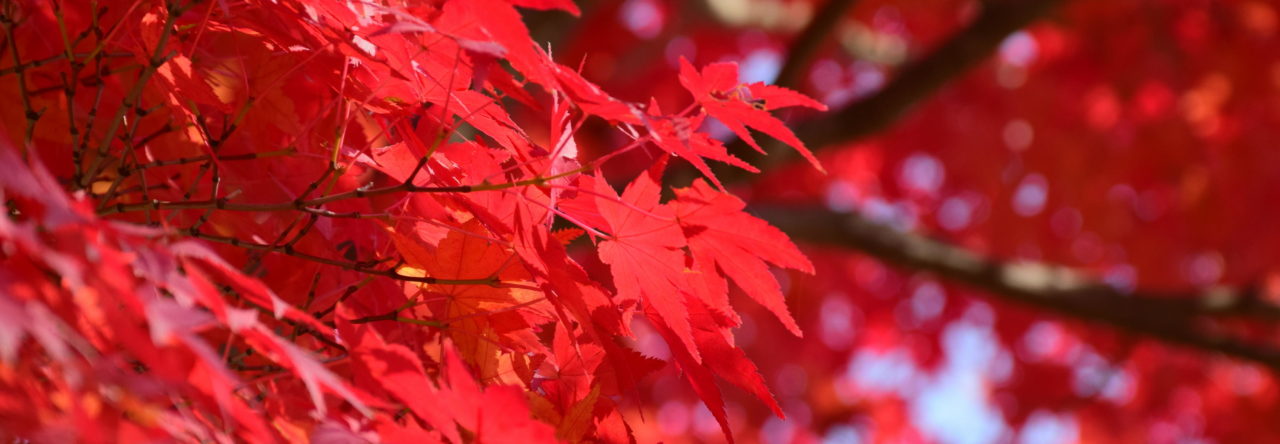Several decades ago, my friends Phil & Nobuko Relnick, high ranking members of Shinto Muso-ryu and Tenshin Shoden Katori Shinto-ryu were traveling in Portugal. They visited a school of jogo do pau. Phil and Nobuko wanted to pay proper respect to the school they were visiting, and in proper Japanese fashion, asked, “Who is the instructor.” The older men looked puzzled, conferred with each other and pointing to one man, said, “Probably him. He’s the oldest.”
Category: Uncategorized Page 8 of 11
by Pedro Escudeiro
The 3rd of October 2017, at Ginásio Clube Português,
How old were you when you started practicing martial arts?
I must have started judo sometime around the age of twelve or thirteen, at the Budo Academy in Lisbon. I reached green belt, but then karate classes started–I was there from the start. Our teachers were all Portuguese. Since no one had visited Japan to receive direct instruction, their technical knowledge came from videos they ordered from Japan. A couple of years later, though, we had our first international seminar with a Japanese karate master: Murakami Tetsuji, from Shotokai Karate, a student of Egami Shigeru sensei. After this seminar, Murakami sensei became the leader of our karate group. There was another group of karate practitioners, students of a South African master, who initiated Shotokan Karate in Portugal. [Editor’s note: Although Shotokan and Shotokai come from the same antecedents, they are quite different, as can be seen in the links.]
An Interview of Hamaji Koichi by Gerald Toff
Translated by Matuoka Hiroshi & Edited by Russ Ebert, Published by Aijokai
These days, people have marvelous opportunities to study living martial traditions all over the world. Beyond those who’ve studied the ‘usual,’ among my personal acquaintances are people who have studied with teachers of authentic lineages of: Bökh (Mongolian wrestling); Esgrima con Machete (Venezuelan & Columbian machete fencing); Fllyssa (Amazigh [Berber] sword); Italian stiletto; Portugeuse jogo do pau (staff fighting); Nguni (Zulu stick-fighting) – just to name a few of many martial traditions outside the usually assumed limits of East Asia.
Because of some recent discussions on Ueshiba Morihei’s solo weapon practice, I would like to add some thoughts of my own. I am going to excerpt a relevant passage from my second edition of Hidden in Plain Sight, to set some context as to what Ueshiba was actually doing, followed by some recent observations I made during a trip to Japan, followed by another passage from HIPS.
A 2nd edition of my book, Hidden in Plain Sight has been published through Freelance Academy Press. It is two-thirds larger than the original, with eight new chapters. The revisions and development in the new version are enough to make it almost a new book entirely. Of course, I corrected all the errors that are enumerated below. Still, some may have the previous version on their shelves, and these errors should be noted, lest someone, unaware of the new edition, is misled.
Concerning the 2nd edition: Every book is printed with errors, be they spelling, design, editing and sometimes, regrettably, errors in fact. One of the latter appears in the 2nd edition. I note it below and note also how to download a glue-in correction of the book itself. It has been corrected in the electronic version, but will still remain in the bound version until all copies of this print run are sold.
By Nigel Sutton
Note: During the writing of this piece Master Lee Bei Lei passed away. He was 86 years old. Rest in Peace, Shifu!
I first met Lee Bei Lei (aka Li Bian Lei/Lai) in 1987 on my first visit to Malaysia. My brother-in-law was secretary of the taijiquan group that he ran in Batu Pahat, a town in the southern state of Johor. As a ‘visiting fireman,’ who had participated and enjoyed some success in a competition in China, I was invited to perform in front of an audience of several hundred taijiquan aficionados. At that time Chinese in Malaysia were not allowed to visit China, so a foreigner who had been there and practised Chinese martial arts was something of a rarity. I strutted my stuff, the 48 step combined taijiquan form and a baguazhang form and afterwards, I was introduced to ‘The Master,’ Lee Bei Lei. My youthful naïve ignorance protected me from even being aware of the dread I should have been feeling. I had come to his training hall as a ‘celebrity,’ demonstrated in front of his students and basked in their applause! A traditional martial artist of Master Lee’s generation would see all of this as a challenge, literally an attempt to damage his reputation. This to a man for whom challenges were an everyday occurrence, the very lifeblood and nourishment of his existence! But I knew none of that.
When the word swimming is mentioned, many of us will conjure images of blue-hued pools, and the exploits of professional athletes such as Michael Phelps. For others, it will bring to mind the lacquered grimaces of synchronized swimmers, the unusual headgear of water polo stars or the tightly wrapped wrists of competitive divers. While completely understandable, this is a very limited view of natation arts, one that has been completely hijacked by the modern Olympics.
Guest Article: A SCIENTIFIC INVESTIGATION INTO POSTURE TRAINING IN THE CHINESE INTERNAL MARTIAL ARTS
Presented to Horizons University (Paris) in partial fulfillment of the requirements for the degree
MASTER OF ARTS in Martial Arts by
ANTOINE CAMILLERI B.Ch. D. 1992
Mgarr, MALTA
JULY, 2018
A SCIENTIFIC INVESTIGATION INTO POSTURE TRAINING IN THE CHINESE INTERNAL MARTIAL ARTS
